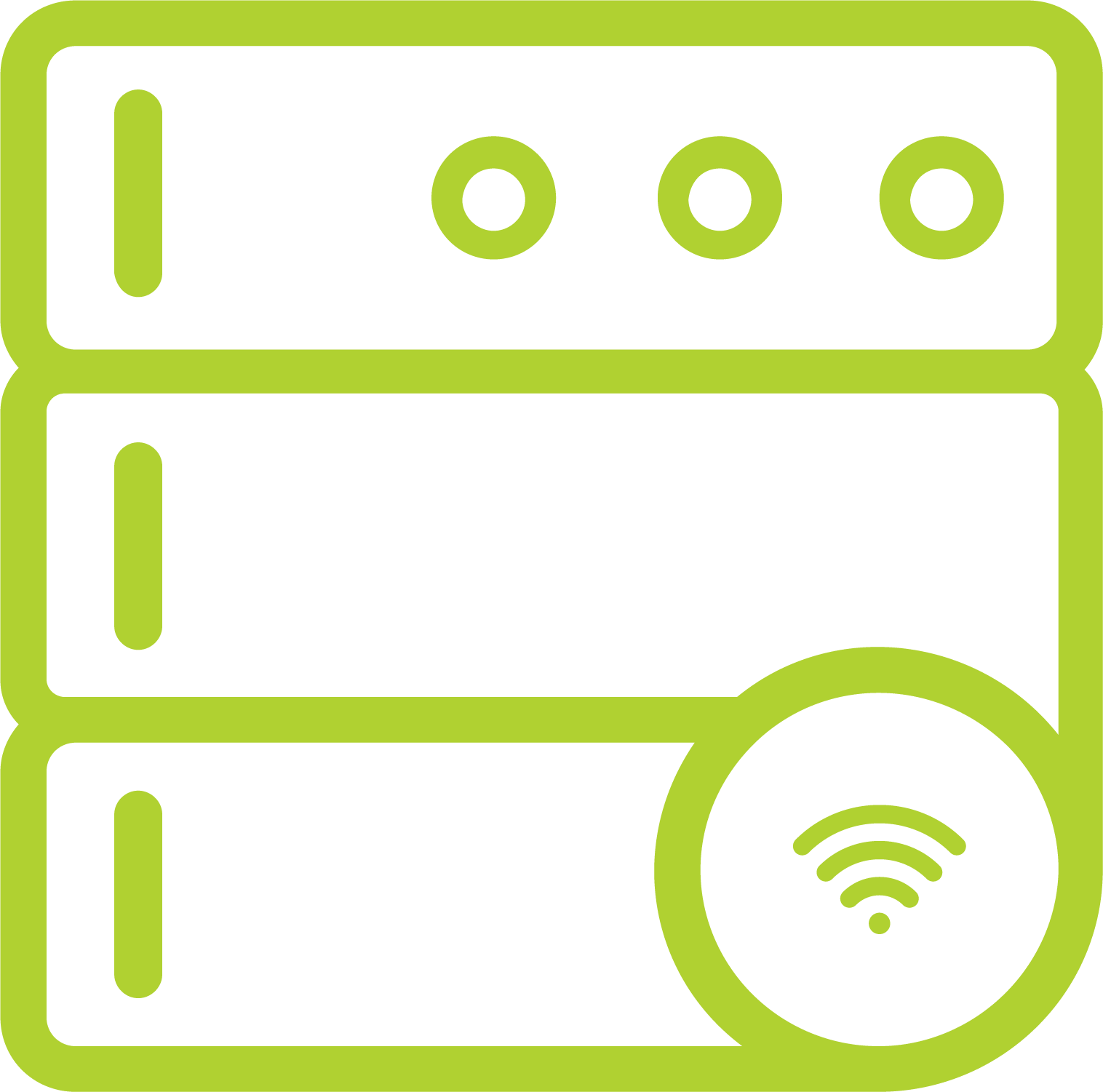In the current environment, having a strong and reliable Wi-Fi connection is crucial, especially in multi-dwelling settings like flats or condo complexes. Many people rely on the network for work, school, and entertainment. However, Wi-Fi transmissions can have difficulty to extend to every area of these buildings due to various obstacles. These obstacles can include partitions, levels, and other electronic devices that interfere with the signal. To improve Wi-Fi connectivity and functionality in these environments, it is critical to grasp some foundational concepts of Wi-Fi communication.
One efficient way to boost Wireless operation is by intelligently positioning gateways and access points throughout the building. A central placement is usually best, as it allows the signal to travel evenly in all areas. In spacious multi-unit residences, multiple access points may be necessary. These units help extend the range of the wireless infrastructure and deliver stronger coverage to residents in different parts of the structure. Additionally, deploying equipment that support the latest wireless protocols can result in higher speeds and enhanced total efficiency.

Another key aspect in improving Wi-Fi connectivity is minimizing disruption from other electronics. Many household appliances, such as ovens and cordless phones, can disrupt Wi-Fi signals. It is advisable to keep modems away from these devices to ensure a more stable signal. Additionally, adjusting the frequency configuration on a router can help minimize interference from neighboring signals. Most routers by default choose the most suitable channel, but individually selecting a less crowded one can enhance performance.
Regularly updating device firmware is also crucial for ensuring maximum Wi-Fi stability. Manufacturers routinely issue updates that resolve bugs and improve protection measures. Keeping the software current guarantees that users benefit from the most recent enhancements and protections against possible threats. Furthermore, tracking network usage assists in identify which endpoints utilize more bandwidth, enabling better management of available capacity.
Ultimately, educating users about best practices for utilizing wireless networks can significantly enhance their experience. Simple measures such as see pairing only necessary units, using Ethernet connections when feasible, and regularly rebooting the device can make a difference. By fostering a culture that understands how to maximize look at this now their Wi-Fi efficiency, multi-dwelling residences can enhance user experience and ensure that all users enjoys a consistent internet service. This integrated approach of planned placement, reducing interference, managing equipment, and informing users will result in a more efficient and satisfying Wi-Fi usage for all residents.